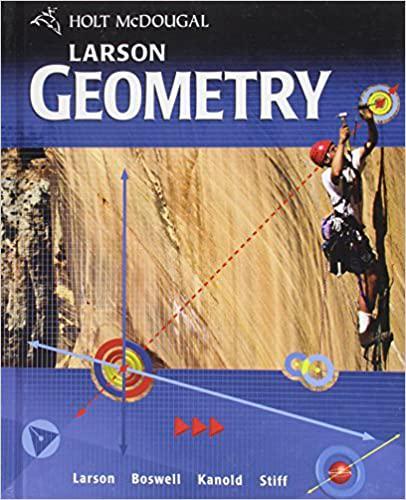Answered step by step
Verified Expert Solution
Question
1 Approved Answer
PLEASE USE THE SAME TABLE FORMAT ! SHOW CALCULATIONS THANK YOU Rayston, Inc., is a large food-processing company. It processes 152,000 pounds of peanuts in





PLEASE USE THE SAME TABLE FORMAT !
SHOW CALCULATIONS THANK YOU
Rayston, Inc., is a large food-processing company. It processes 152,000 pounds of peanuts in the peanuts department at a cost of $183,000 to yield 12,000 pounds of product A, 72,000 pounds of product B, and 15,000 pounds of product C. The company wants to make a gross margin of 10% of revenues on product C and needs to allow 20% of revenues for marketing costs on product C. An overview of operations follows: Requirement 1. Compute unit costs per pound for products A, B, and C, treating C as a byproduct. Use the NRV method for allocating joint costs. Deduct the NRV of the byproduct produced from the joint cost of products A and B. Let's begin by determining the formula to compute the joint costs allocated for product C by entering the appropriate amounts. Joint costs Net realizable value = Joint costs allocated Now compute the net realizable value, weighting and joint costs allocated for products A and B by entering the appropriate amounts. (Round the weighting amounts to four decimal places.) Net realizable value Weighting Joint costs allocated 1 B B Total Total Now determine the formula to compute the unit cost for products A, B, and then enter the appropriate amounts. (Round your final answers to two decimal places. For amounts with a $0 balance, make sure to enter "0" in the appropriate cell.) Total costs 1 Number of units Unit cost A B C Requirement 2. Compute unit costs per pound for products A, B, and C, treating all three as joint products and allocating joint costs by the NRV method. Now compute the net realizable value, weighting and joint costs allocated for products A, B, and C by entering the appropriate amounts. (Round the weighting amounts to four decimal places. Round the joint costs allocated to the nearest whole dollar.) Net realizable value Weighting Joint costs allocated A A B B Total Total Now determine the formula to compute the unit cost for products A, B, and then enter the appropriate amounts. (Round your final answers to two decimal places. For amounts with a $0 balance, make sure to enter "0" in the appropriate cell.) Total costs 1 Number of units Unit cost A B C = Figure Joint Costs Separable Costs $183,000 12,000 pounds Salting Department Processing $36,000 Salted Peanuts 12,000 pounds $9/lb Peanuts Department Processing of 152,000 lb Raw Peanuts 72,000 pounds $4/1b Paste Department Processing $10,500 Peanut Butter 15,000 pounds $9/lb 15,000 pounds Splitoff PointStep by Step Solution
There are 3 Steps involved in it
Step: 1

Get Instant Access to Expert-Tailored Solutions
See step-by-step solutions with expert insights and AI powered tools for academic success
Step: 2

Step: 3

Ace Your Homework with AI
Get the answers you need in no time with our AI-driven, step-by-step assistance
Get Started


